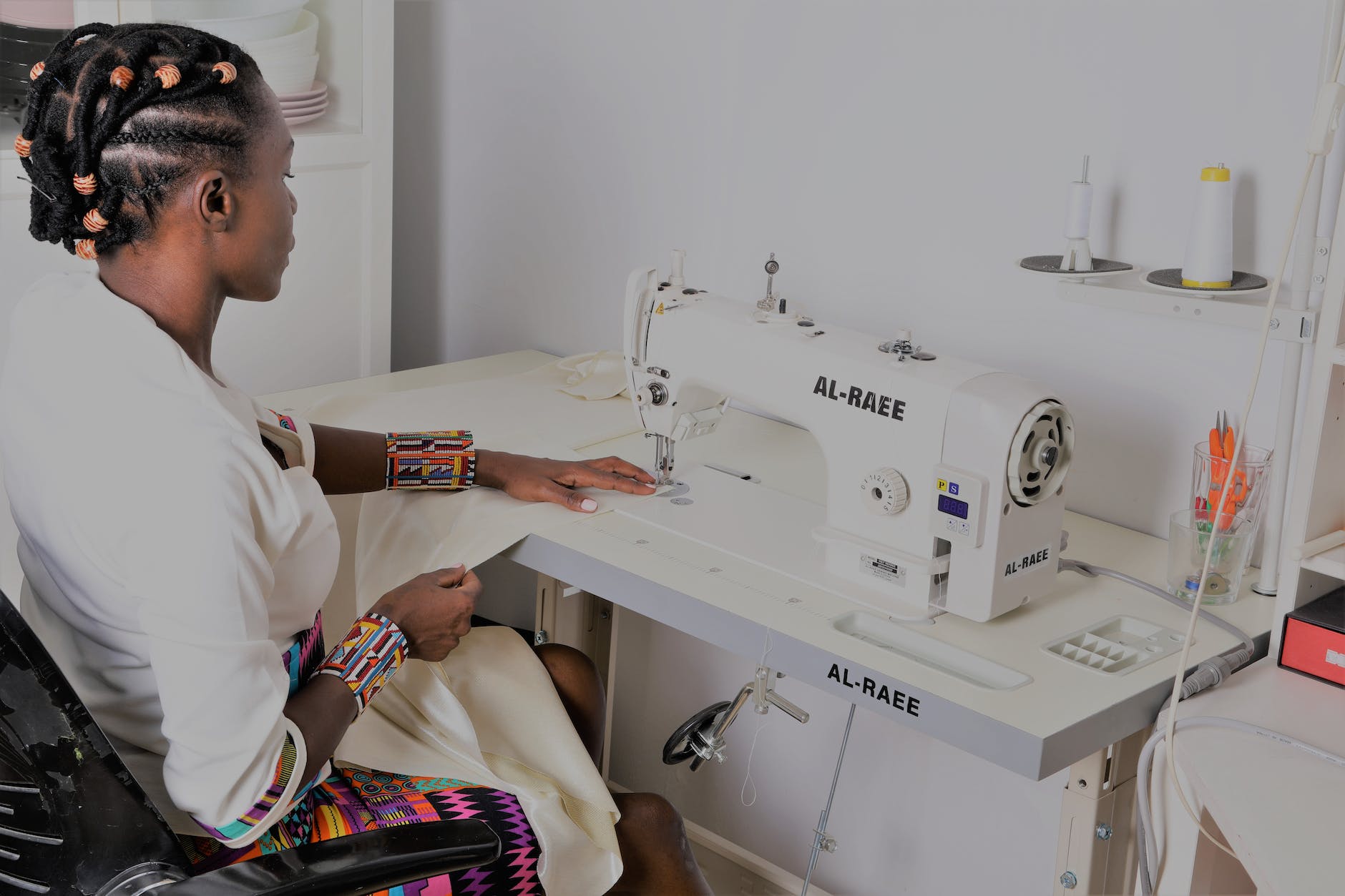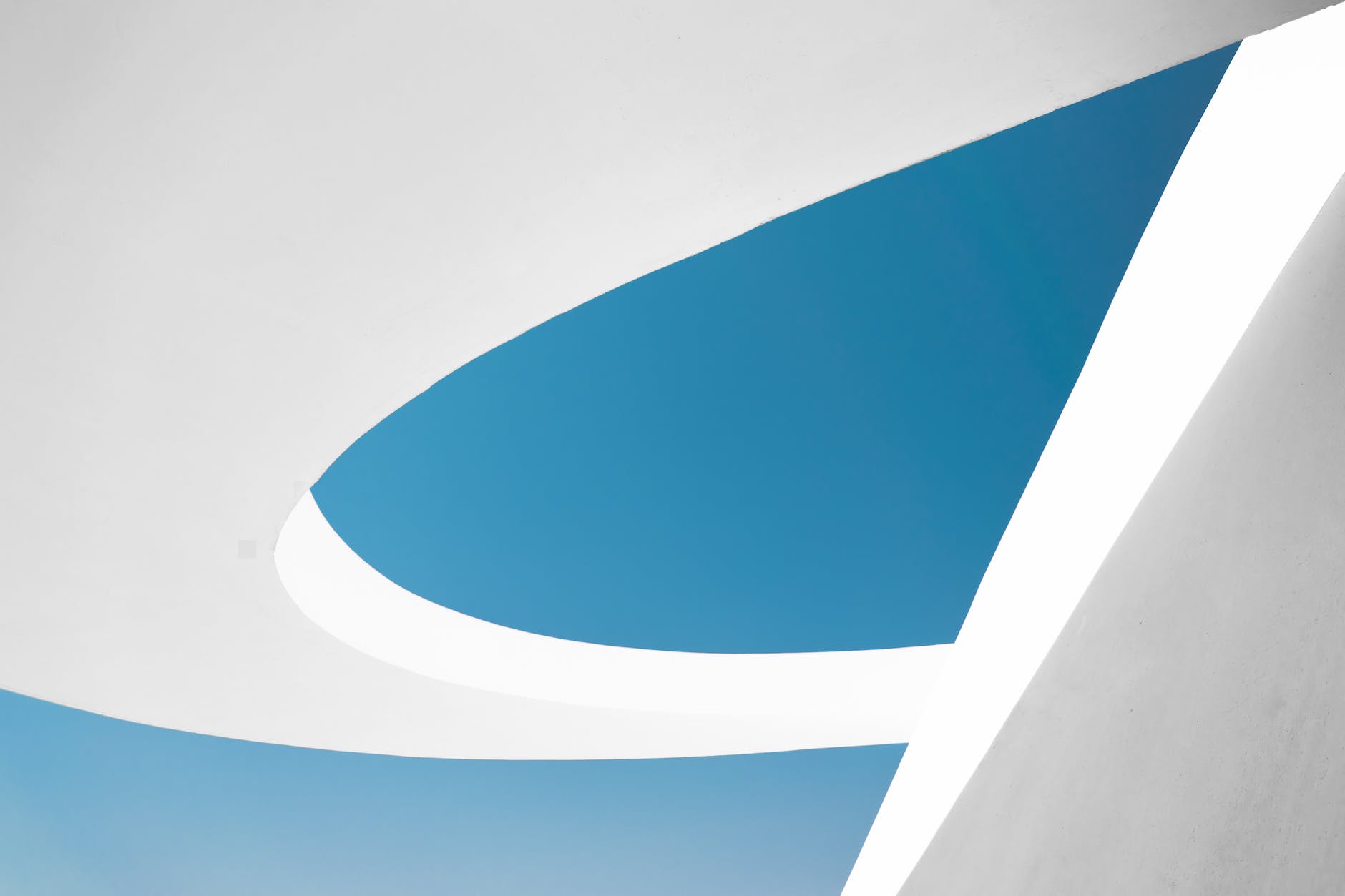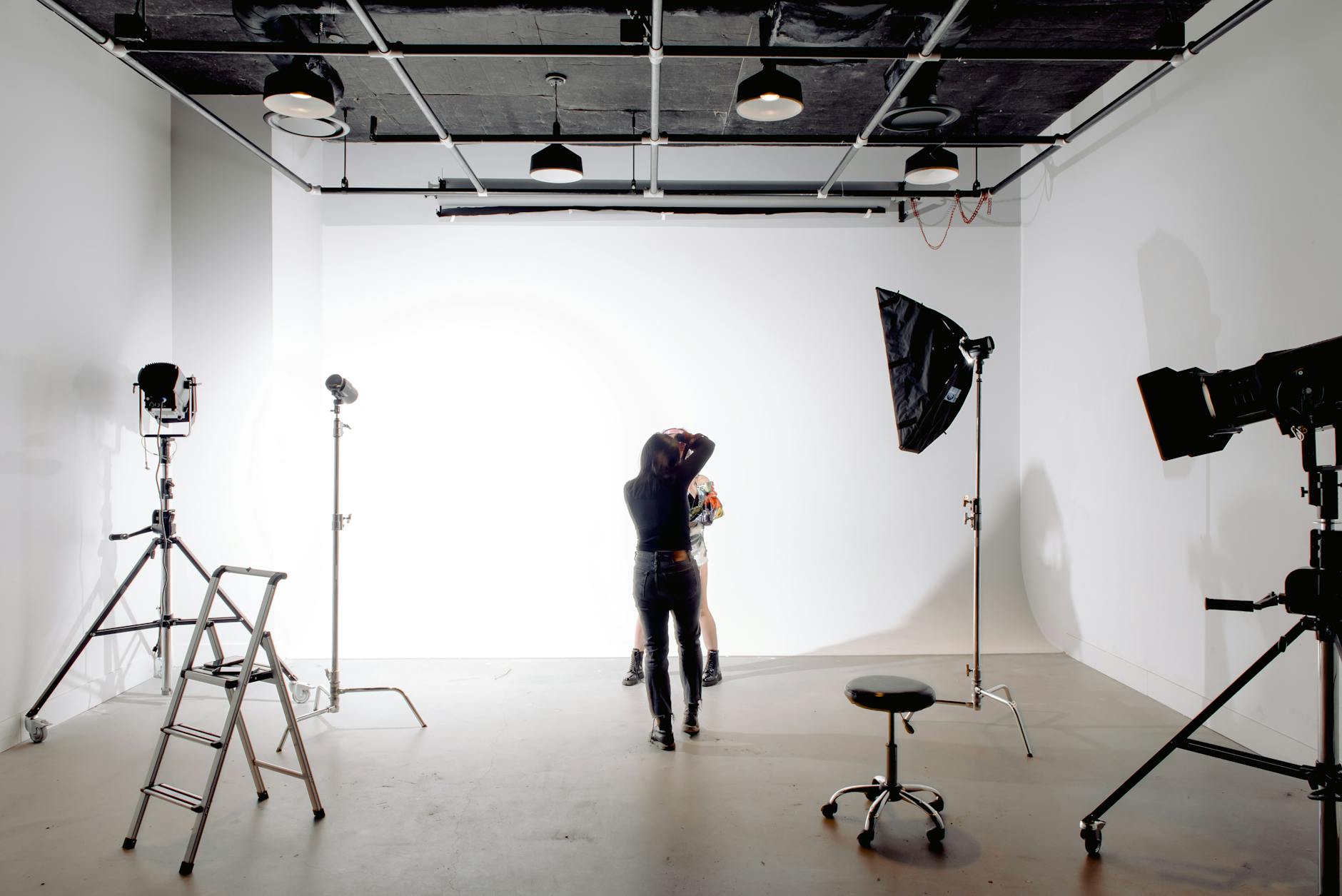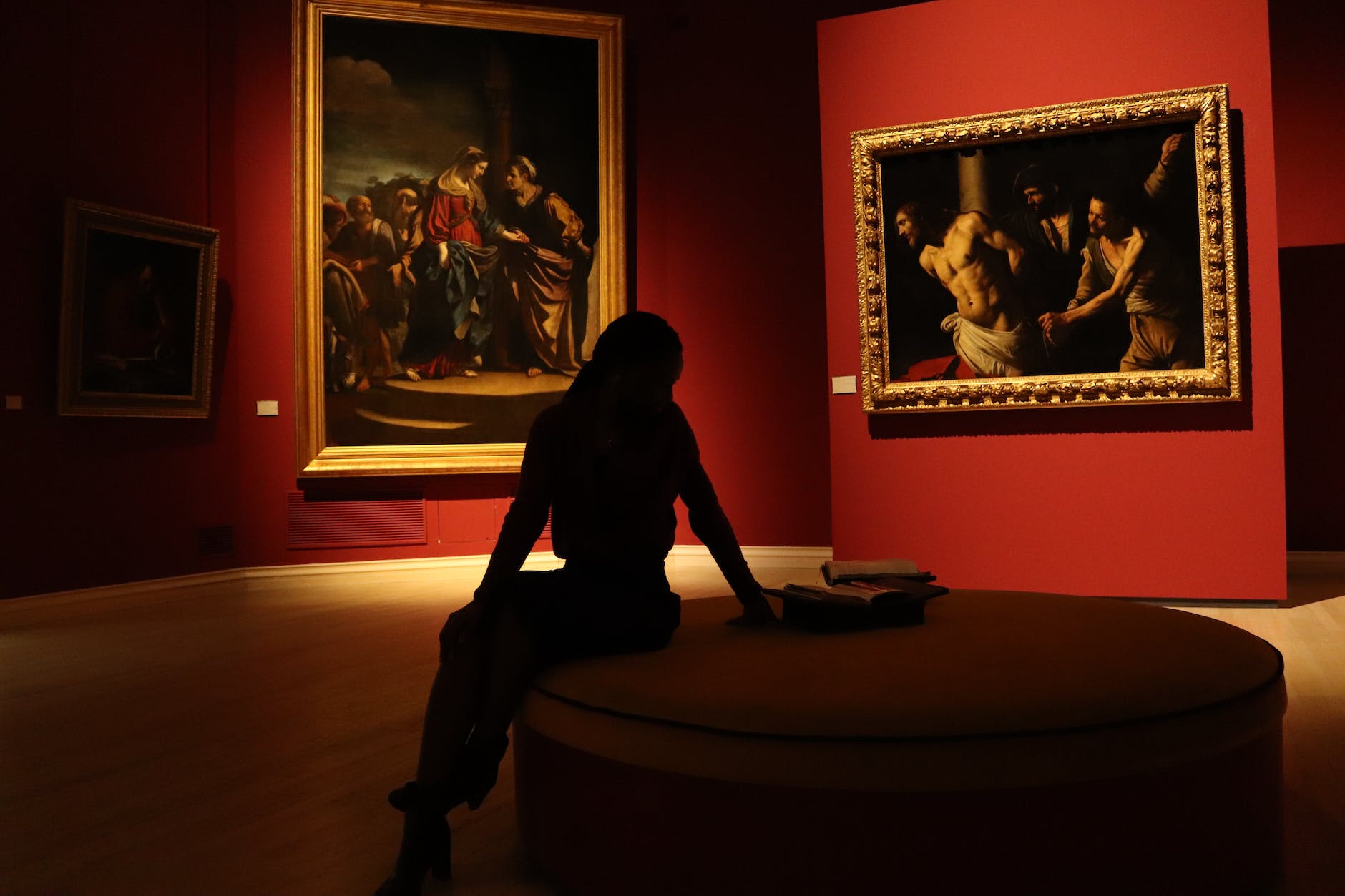As we tread further into the 21st century, artists are continuing to revolutionize the domain of visual arts. Of the various movements stirring the contemporary art world, a renewed interest in Psychedelic art is transforming conventional aesthetics, narratives and methods. This innovative exploration has given birth to a new cadre of artists who aren’t afraid to experiment with the avant-garde.
One might question, what sets the present generation of psychedelic artists apart? They are redefining traditional constraints by incorporating cutting-edge techniques, creating vibrant spectacles of mixed media and pushing forward the psychedelic aesthetics to a level that blurs the line between reality and fantasy.
For instance, consider the experimental work of Alex Grey, a visionary artist known for his intricate, spiritually-infused works. Grey’s psychedelic art uniquely integrates various disciplines including anatomy, mysticism, and cosmos, portraying the interdependence of physical and spiritual existence.
Digital art, too, plays a substantial role in the contemporary psychedelic movement. Android Jones is a leading figure in this league. His digital masterpieces venture far beyond the ordinary, mapping the frontiers of consciousness and mind-altering experiences in vividly colored, detailed imagery. His works exemplify the boundless capabilities of digital tools in enhancing psychedelic aesthetics, opening up a whole new dimension in psychedelic art.
Installation art serves as another medium challenging traditional perceptions. Installation artist Yayoi Kusama has turned psychedelic art into a multi-dimensional, immersive experience through her avant-garde, dotted installations. Kusama’s “Infinity Rooms” transport viewers into a realm of endless reflection, altered perception, and an overwhelming sense of connection with the universe, showcasing psychedelia’s expansive potential.
Going beyond visual, Conceptual art takes psychedelic experiences to a whole new level of sensory engagement. For example, Tokujin Yoshioka integrates light, water, and sound into his installations, creating a sensory spectacle that reimagines the psychedelic experience. Yoshioka revolutionizes the conventional notion of art as a static entity and emphasizes the sensory interaction, leading to a more profound psychedelic experience.
Incorporating traditional elements with new-age platforms, Murat Saygıner is another exemplar of the evolving psychedelic art scene. Using animation and music, Saygıner forms a bridge between classical psychedelia and contemporary conceptual and digital art. His short film ‘The Flying Fish’ combines surreal images in motion and evocative soundscapes to convey philosophical narratives, pushing the envelope in terms of psychedelic multimedia experiences.
In the end, these modern psychedelic artists prove that today’s progressive cinematic and technological advancements can create an infinite canvas for exploring the mind-bending mystical realms that were once limited to pencil and paper. The growing curiosity and interest these artists provoke, further amplifies the revival of psychedelic aesthetics and adds a fresh, experimental, and avant-garde perspective to the art world.
Ultimately, it is through their command of varied mediums like mixed media and installation art, their digital art prowess, and conceptual art experiments, that these artists rewrite the rules of psychedelic art. They promise an unchartered and exciting future where psychedelic art is not just a style but a tool for catharsis, discovery, and questioning reality. It is without a doubt that these boundary-pushing visionary artists are leading the charge in the psychedelic art renaissance of the 21st century.
This rebirth of psychedelia goes beyond simply creating art; it’s a declaration, loud and clear, of a creative revolution constantly challenging and expanding our perception of reality. Indeed, in this fresh wave of psychedelic aesthetics, the tie-dyed terrain has never looked so fascinating, so inviting, so infinite.







